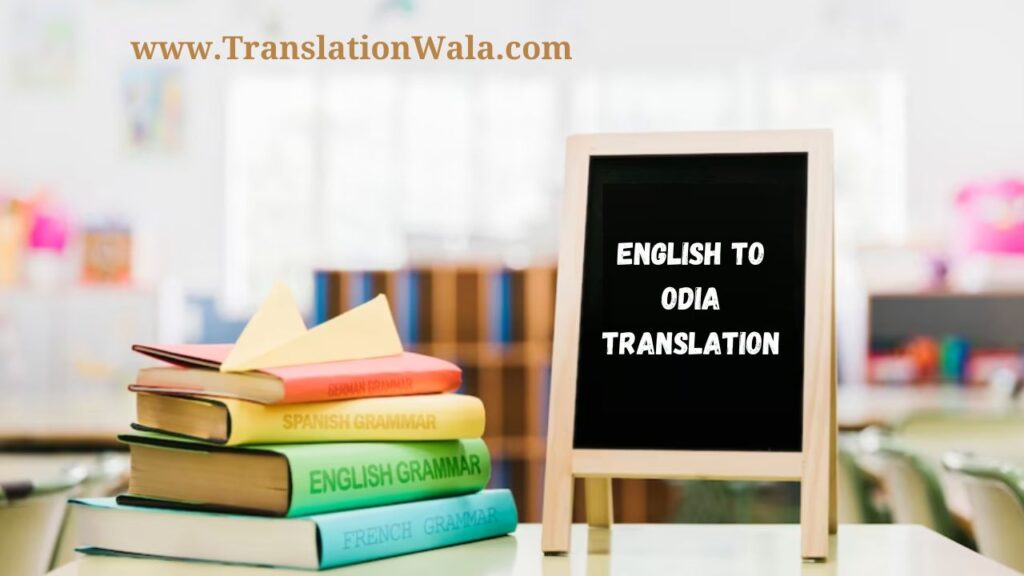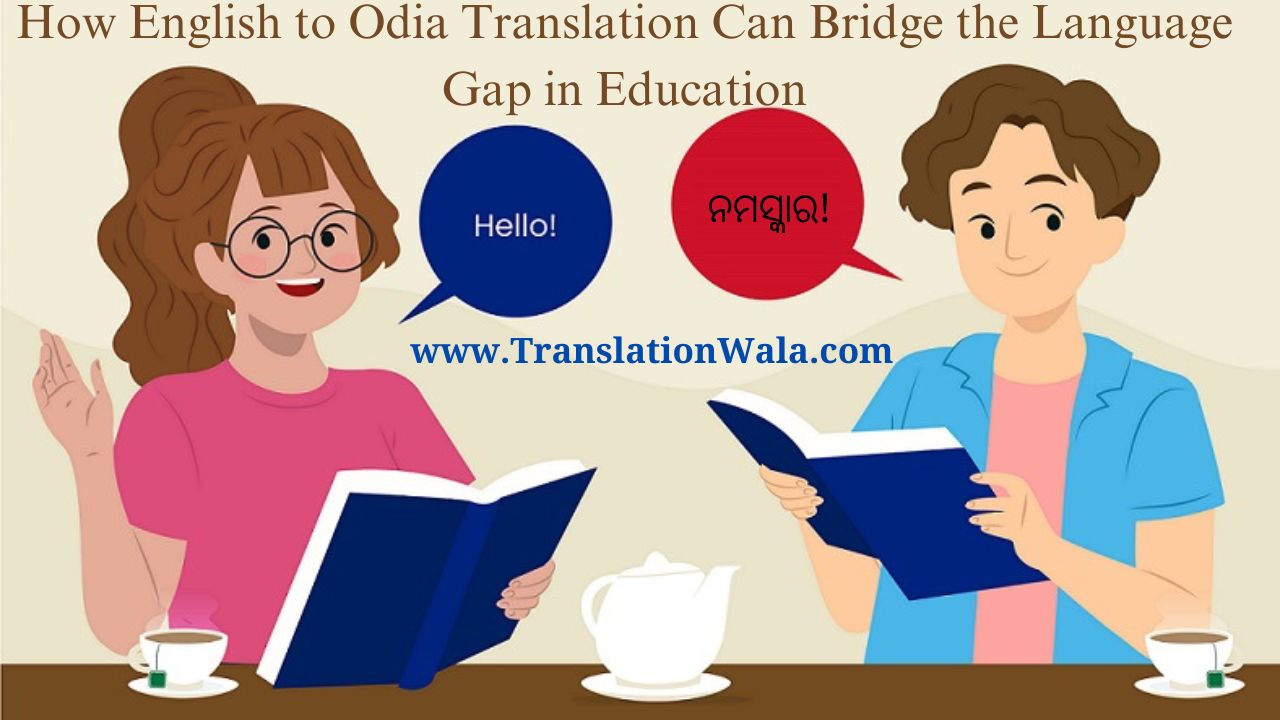English is now the language of education around the world, and students need to be able to speak and write it well to do well in school and beyond. However, it can be hard for many kids whose first language is Odia to learn English. English to Odia translation is an important way to help students learn both languages and make sure that all of them can get a good education.
The benefits of English to Odia translation for education
Using translation from English to Odia in school has many perks, such as:
- Improved student outcomes: A lot of research has shown that kids do better in school when they can translate from English to Odia. This is because translating can help students understand the material better and take part in class talks more fully.
- Increased access to educational resources: It is possible to translate many teaching materials from English to Odia so that students whose first language is Odia can use them. It includes books, papers, blogs, and other things.
- Enhanced teaching and learning: Translating from English to Odia can help teachers make learning more fun and open to all of their students. Teachers can, for instance, use translation to give students directions and answers in their own language and to let students do their work and tests in Odia.
- Promoted educational equity: Making sure that all kids can get the same high-quality educational chances through English to Odia translation can help promote educational equality. It is very important for kids from low-income and minority homes to do this because they are more likely to be learning English.
How to use English to Odia translation effectively in education
English to Odia translation can be used in the classroom in a number of useful ways. Here are some ideas:
- Provide students with access to translated materials: Textbooks, papers, and other educational materials can be translated and given to students by their teachers. You can do this by working with a professional translator, using online translation tools, or giving kids the chance to explain things on their own.
- Use translation in the classroom: Translation can be used in the classroom so that teachers can give directions and explanations to students in their own language and let students do their work and tests in Odia. Teachers can use translation tools to do things like translate their PowerPoint slideshows or translate class talks as they happen.
- Train teachers on how to use translation effectively: It’s important for teachers to learn how to use translation well in the classroom. As part of this, they will learn how to choose and use translation tools and how to use language in their lessons.
- Collaborate with parents and families: Getting involved in their kids’ learning is very important for parents and groups. Teachers can work with parents and families by giving them tools and teaching them how to use English to Odia translation at home.
Also Read: English to Telugu Translation Can Help Health Services Expend into Indian Markets

Case studies of English to Odia translation in education
Here are some examples of how translation from English to Odia has been used well in the classroom:
The Indian state of Odisha has started a program to help kids in public schools translate from English to Odia. The program has helped kids do better in school, especially those from low-income and minority homes.
A number of school systems in the United States have set up programs to use English to Odia translation in the classroom. Researchers have found that these programs help kids who speak Odia do well in school.
A number of non-profits are trying to create and spread tools that help students and teachers translate from English to Odia. Translation without Borders, for instance, has made a lot of English to Odia translation tools and materials for teachers and students.
Here are some additional tips for using English to Odia translation effectively in education:
- Use a variety of translation tools and resources: There are a lot of online and offline translation tools and materials that you can use. Make sure you are getting the most correct and up-to-date versions by using a number of different tools.
- Be mindful of the context: It is important to think about how the translated teaching materials will be used when they are being translated. If you are translating a guide, you will need to use a different style than if you are translating a children’s book.
- Get feedback from Odia speakers: After you’ve translated something, it’s a good idea to have a native Odia person look it over to make sure it’s correct.
Conclusion
Translation from English to Odia may be quite helpful in closing the language gap in the classroom and guaranteeing that every student has access to a top-notch education. Teachers may utilize English to Odia translation to provide more inclusive and engaging learning experiences for all students by giving students access to translated resources, using translation in the classroom, and working with parents and families.
